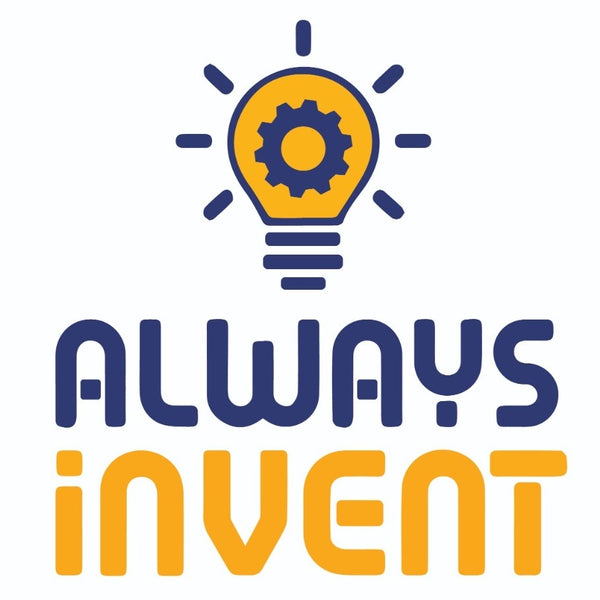
Why Invention based learning works better than textbooks
Introduction: The Learning Revolution
Education needs more than just memory-based textbook learning in today's fast-paced world. The rise of invention-based learning transforms how kids learn by encouraging them to explore, create, and solve problems like real-world innovators.
1. What Is Invention-Based Learning?

Invention-based learning is a hands-on, project-driven approach where students actively create solutions to real-life problems. It’s rooted in exploration, experimentation, and curiosity, making learning more interactive and personal.
Subtopics:
- Encourages original thinking over rote memorization
- Blends science, design, and creativity
- Builds emotional ownership of learning
2. How Textbook Learning Falls Behind Modern Education Needs

Traditional textbook learning often emphasizes passive information absorption. This method might be useful for test preparation, but it rarely prepares students for innovation or critical thinking.
Challenges with textbook-based methods:
- Minimal real-world relevance
- Lacks engagement and motivation
- One-size-fits-all approach limits creativity
3. The Proven Benefits of Invention-Based Learning
| Benefits | Textbook Learning | Invention Learning |
| Creativity | ❌ Limited | ✅ Highly encouraged |
| Critical Thinking | ❌ Memorization-focused | ✅ Problem-solving centered |
| Retention | ❌ Short-term | ✅ Long-lasting |
| Engagement | ❌ Passive | ✅ Interactive |
| Collaboration | ❌ Rare | ✅ Team-based |
Tangible Advantages:
- Builds perseverance through trial and error
- Encourages cross-disciplinary learning (without being labeled STEM)
- Prepares students for future jobs that don’t exist yet
Recommended: Genius Inventors – Take Your Ideas to the Next Level
4. Real-World Examples

Invention programs have sparked creativity in hundreds of students. Some created eco-friendly tools, while others developed small gadgets or social impact projects—all without a rigid textbook.
For example:
- A 13-year-old’s idea for a water-saving device
- Group invention of a portable hand sanitizer dispenser for public places
- A solar-powered mini fan for school bags
5. How to Start with Invention-Based Learning
Parents and educators can easily introduce invention learning by:
- Asking kids to identify everyday problems
- Giving them freedom to experiment with materials
- Guiding—not controlling—their creative process
At Always Invent, we provide:
- Live mentorship
- Group challenges
- Flexible timelines
- Beginner-friendly guidance
6. Invention Learning vs. Rote Learning: A Mindset Shift

It’s not just a change in method—it’s a shift in mindset. Students go from passive receivers of knowledge to active inventors. They learn to adapt, fail, improve, and succeed—a vital life skill.
7. Conclusion: The Future Is Inventive
The world needs innovators, not memorizers. Invention-based learning makes education meaningful, personal, and powerful. It's time we reimagine how kids learn—and Always Invent is leading the way.
Call-to-Action (CTA):
🎓 Ready to give your child the tools to invent the future?
👉 Enroll in Always Invent today
